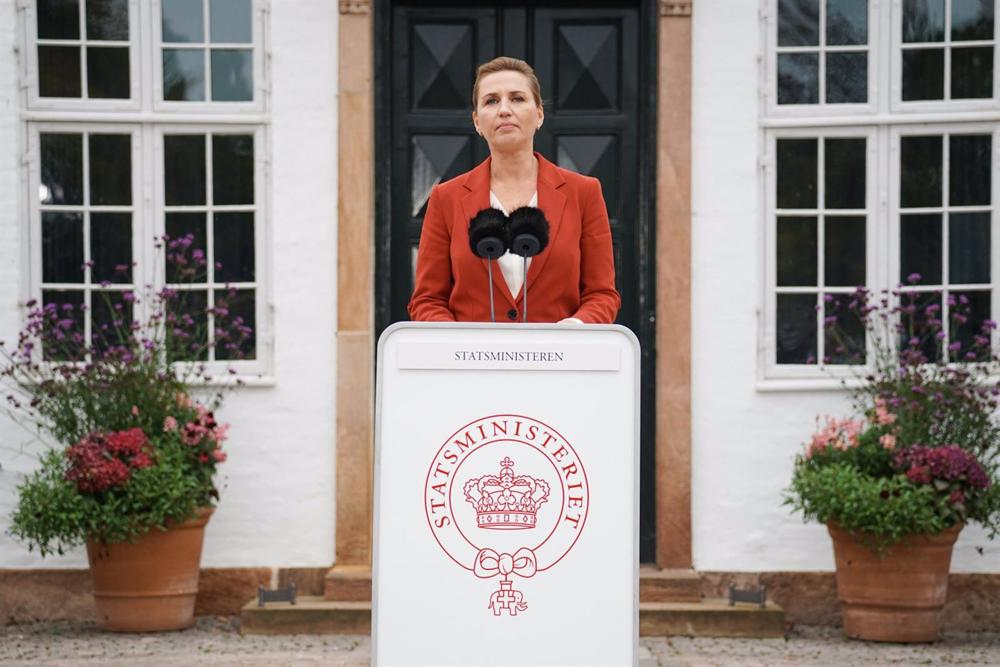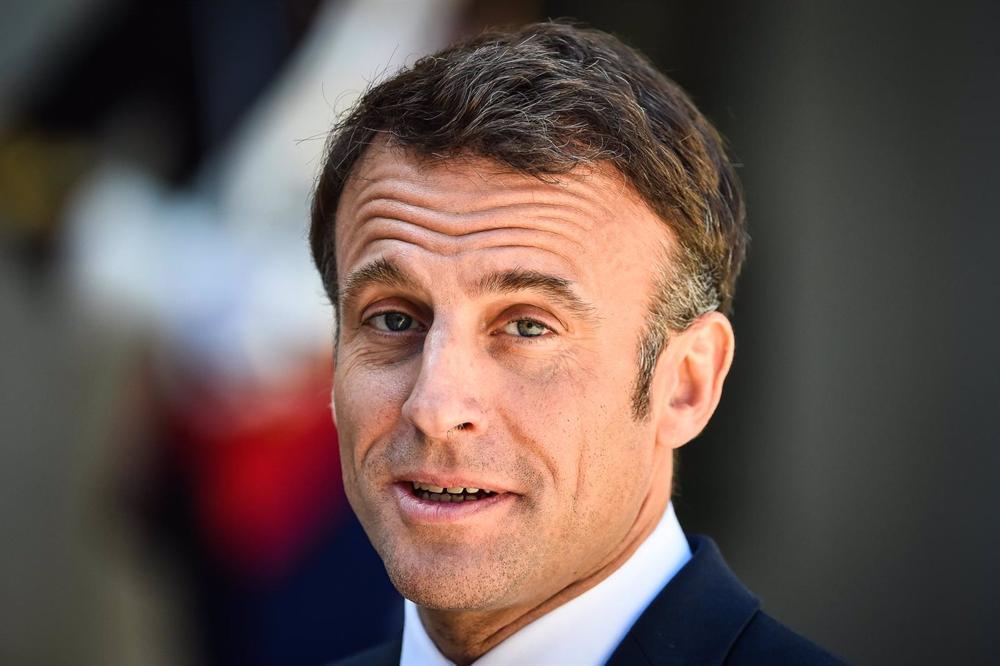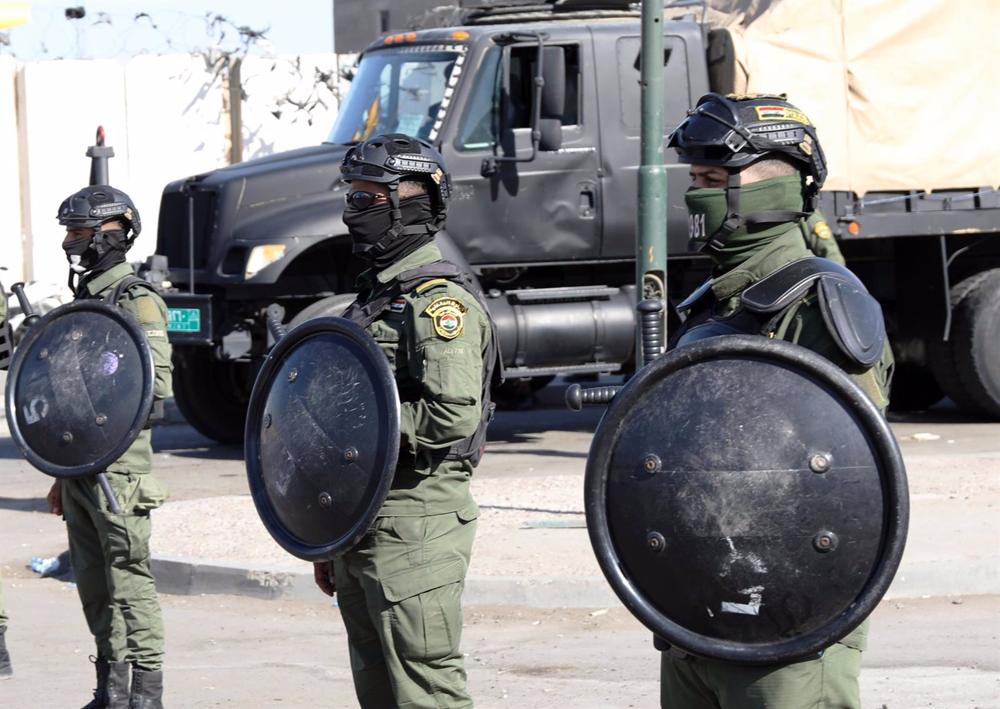
Denmark goes to the polls on Tuesday in a general election called early after the Social Liberal Party – a governing partner of the Social Democrats – forced Prime Minister Mette Frederiksen to bring forward the vote in exchange for not filing a motion of censure.
The economic management of the country at a turbulent time for the whole of the old continent due to the war in Ukraine, added to a report against the Executive’s management of the mink crisis, slaughtered by a mutation of the coronavirus, were the main arguments for the pressures of the government partners.
Thus, Frederiksen finally agreed in early October to call general elections for this Tuesday, eight months before the technical expiration of the current legislature in which, after the 2019 elections, the Social Democrats reached the government with the support not only of the Social Liberal Party, but also of the Green Left and the leftist Red-Green Alliance.
If already at that time the outcome of the future elections seemed that it would be favorable to the Social Democrats, almost a month later and an election campaign through, Prime Minister Frederiksen has more support now than when the general elections were brought forward.
Frederiksen has seen how her popularity has rebounded in the opinion polls, overcoming a slump that led her to have less than 25 percent of the support of Danish citizens, although well above the rest of her political rivals, who since January last year have barely hovered around 15 percent approval.
The latest polls in Denmark give the Social Democrats around 25.7 percent of the votes, far exceeding the conservative-liberal party Venstre (Left, in Danish), currently the second most represented party in Parliament and leader of the so-called ‘blue bloc’ Danish opposition.
Among Frederiksen’s government partners, fortunes are mixed, with a Red-Green Alliance dropping by almost one point its results compared to 2019, with a Social Liberal Party remaining at around 4.6 percent, but with a Green Left more than doubling its results from 4.2 percent to more than nine.
A DIVIDED PARLIAMENT Thus, taking into account the forecasts marked by the polls, the so-called ‘red bloc’, made up of the main political formations that made up the former Executive, would be around the parliamentary majority with 84 deputies, close to the absolute majority set at 90 parliamentarians.
On the other hand, the ‘blue bloc’, with 74 deputies, would be notably affected by the fall of the Danish People’s Party, which would fall by around six percent, and especially by the collapse of Venstre, which from 21.1 percent in the previous elections would now have around 12 percent of the votes.
In this context, the key to governability could fall into the hands of the Moderates, a formation founded by former Prime Minister Lars Lokke Rasmussen at the beginning of 2022 and which for the moment is not present in the Folketing (Danish Parliament).
Polls estimate that the moderate, center-right party could exceed nine percent of the vote, thus reaching a figure close to 17 parliamentarians.
Another element to take into account will be the four deputies assigned to the Faroe Islands and Greenland, autonomous Danish territories in North Atlantic waters. Although it is true that the polls suggest that the future Executive could achieve a majority without the support of those elected in these islands.
Thus, everything suggests that the Social Democrats would manage to retain the Executive of Denmark, where they have historically governed, although so far this century Venstre’s conservatives have won repeatedly, managing to govern the Nordic country for 14 years in several Executives since 2001 and with Anders Fogh Rasmussen (2001-2009) and the aforementioned Lars Lokke Rasmussen (2009-2011, and 2015-2019) as main figures.
Mink CRISIS One of the main crises faced by Frederiksen’s Executive has been the country’s mink population, estimated at around 15 million until November 2020, when authorities were forced to exterminate them due to fears that they could spread the coronavirus.
That decision, harshly criticized by part of society and Parliament, was taken due to suspicions that COVID-19 had mutated by infecting mink – a species of the mustelidae family – raised for their prized skins, of which Denmark is one of the main producing countries.
The controversy provoked the creation of a special commission in Parliament, whose conclusions point out that the arguments used by the Executive to justify the extermination of minks were «extremely misleading». Frederiksen, who was accused of acting with «malice» and «bad faith», warned that the mutation in mink could be more resistant to vaccines.
The opposition then took the opportunity to harshly criticize the government, accusing it of seizing and killing the animals without having the authority to do so. The political crisis that arose as a result of this episode had as its main collateral damage the departure of Mogens Jensen from the Ministry of Agriculture.
However, despite the report, the Danish Parliament refused in early July to conduct an investigation against Frederiksen. Venstre warned that, should it gain a majority in the chamber, it would again push for investigations into the matter.






